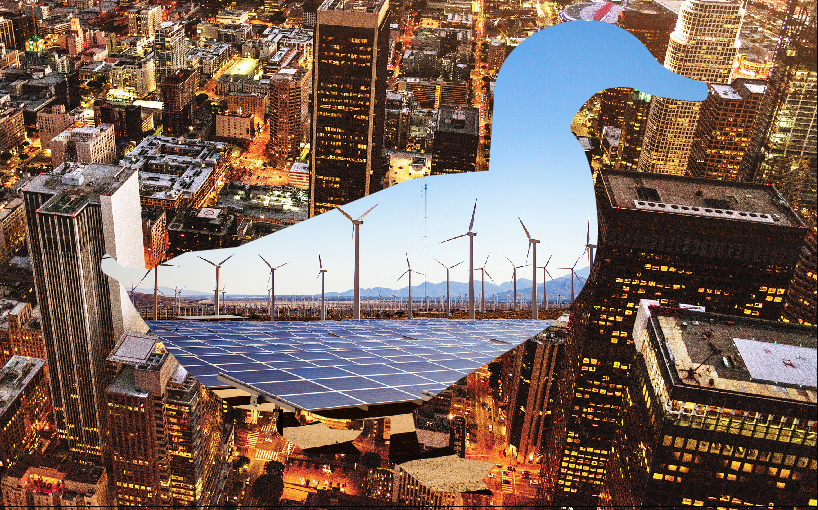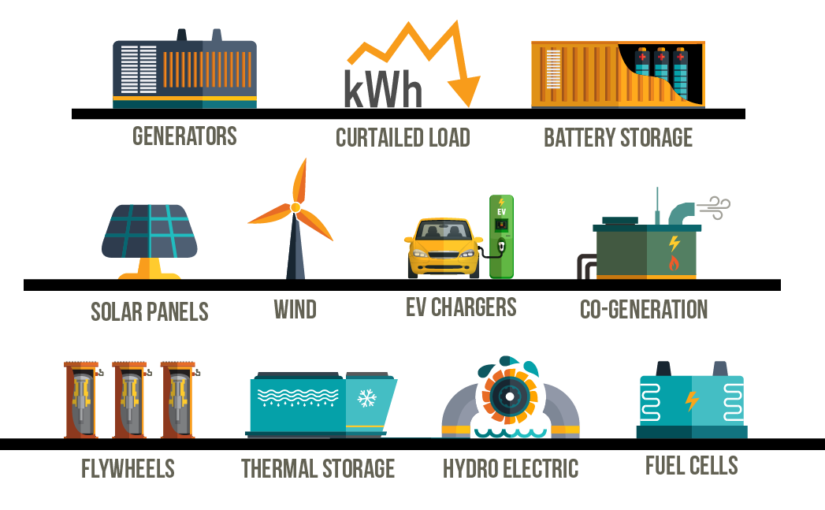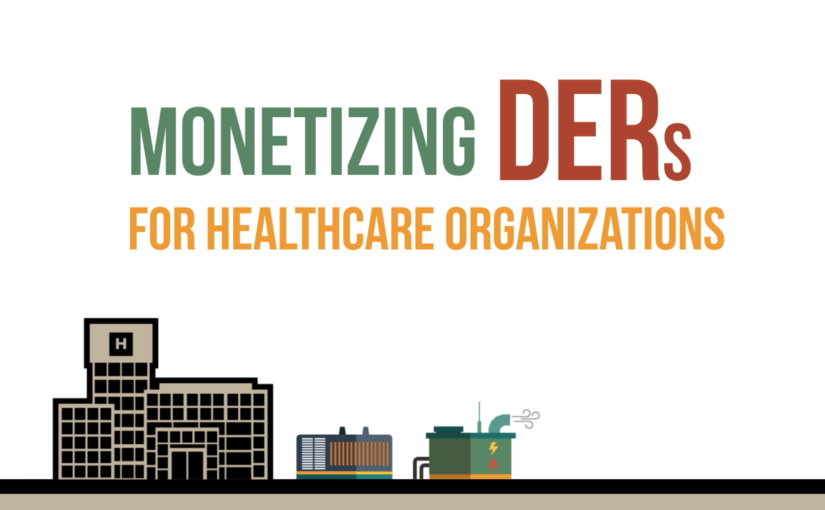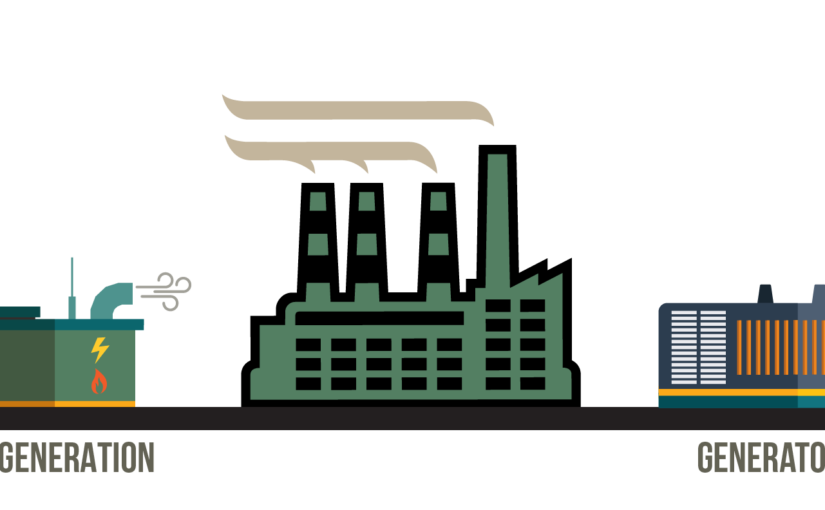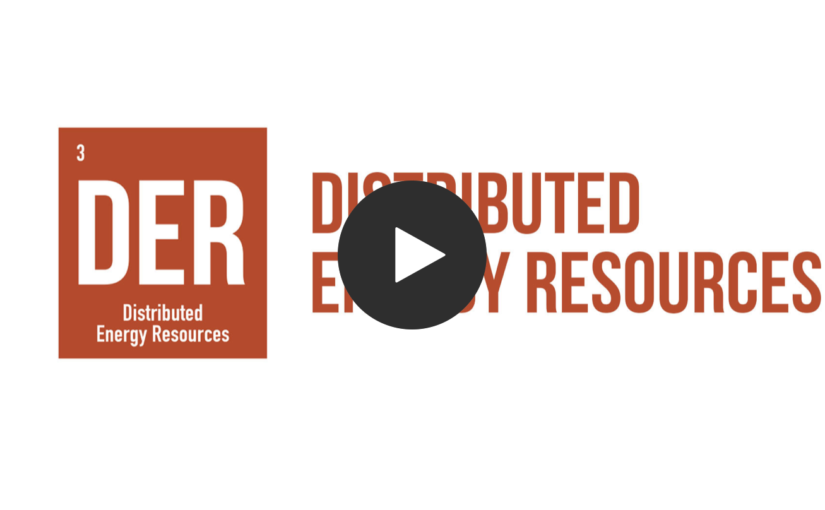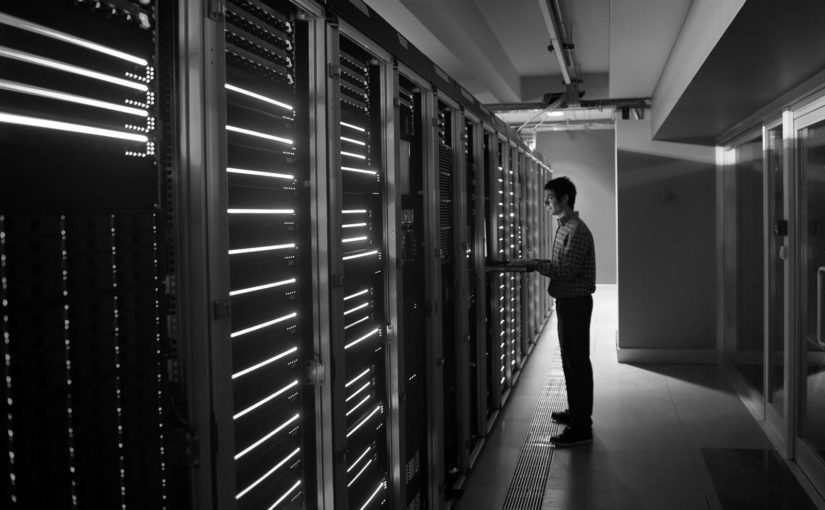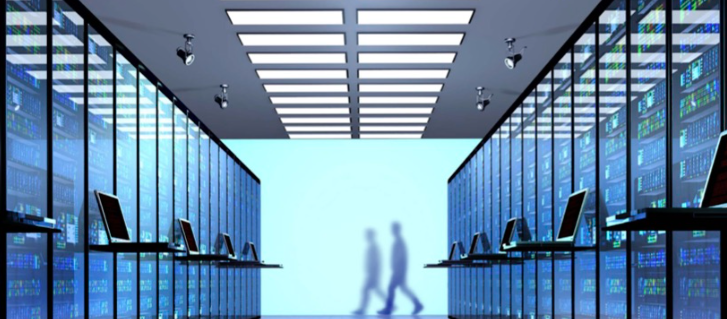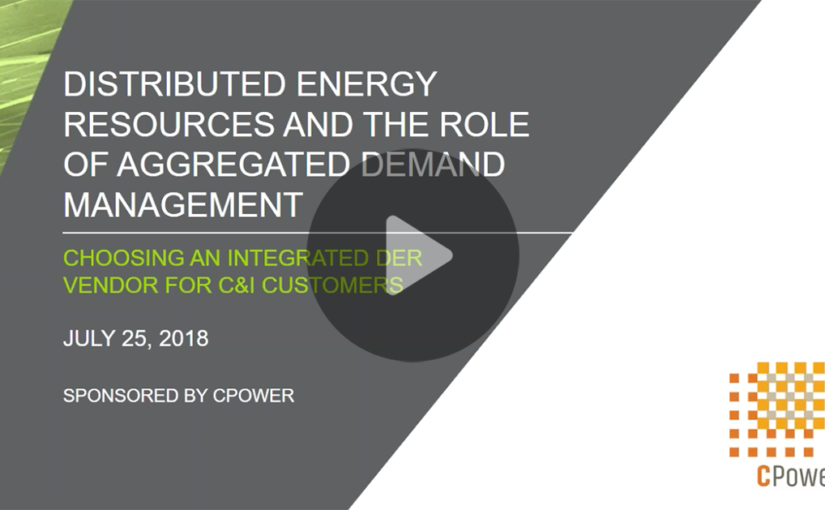Has California finally solved “The Duck Curve?”
California experiences a daily spike in energy demand in the early evening when renewable sources like solar go offline and residents come home from work and increase their energy consumption by flipping on their air conditioning, turning on their lighting, doing laundry, charging electronic devices, and engaging in other energy-consuming activities.
When charted on a graph (see picture), the shape of California’s daily electrical consumption resembles a duck. Analysts have noted the duck’s belly is getting fatter with each passing year, meaning the evening net load ramp when flexible resources are needed to account for the spike is becoming more extreme.
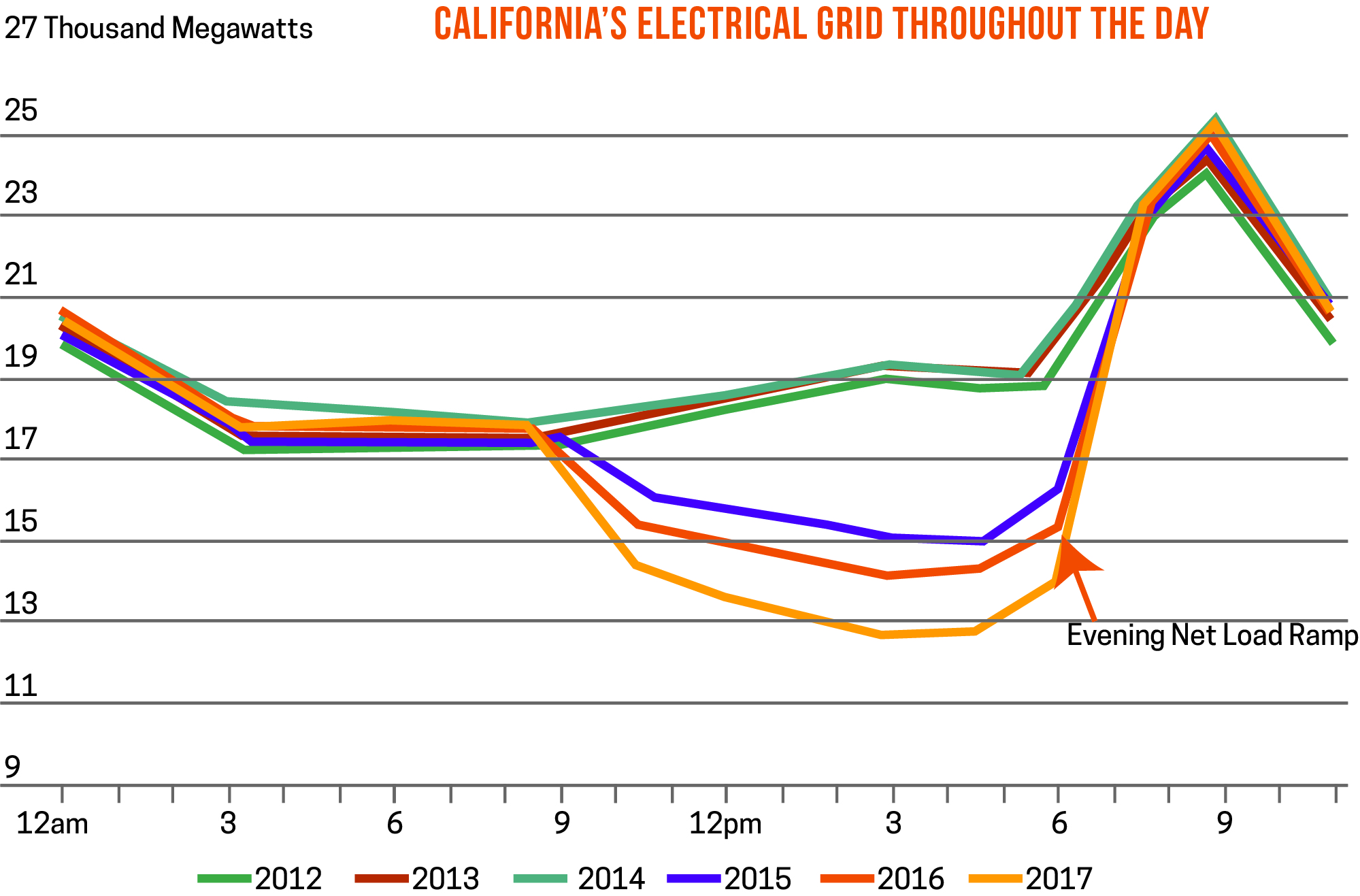
A Steady Diet of Storage
The duck’s belly may not get fatter in 2019, but it’s still going to be heavy.
To help alleviate grid stress associated with evening load ramp, CAISO is developing a load-shifting product under the third phase of CAISO’s Energy Storage Distributed Energy Resource (ESDER) that would be the state’s first product that will pay a resource to consume energy to soak up excess generation during negative pricing periods.
CAISO’s load-shift program embodies California’s desire to bring clean resources to the forefront of grid reliability by storing excess clean energy and making it available for future use.
The program, championed by the California Energy Storage Alliance (CESA) among other energy storage companies, also aims to reduce the number of solar curtailments needed to offset the ill effects of negative pricing caused by a large solar surplus on CAISO’s system.
The two big questions on the minds of organizations that have implemented or are thinking of implementing energy storage are:
- When will the CAISO’s load shifting product be available for participation?
- How will these storage resources be valued in the wholesale market?
The short answer to the first question is the program is currently going through the FERC approval process and is scheduled to go into effect in November 2020.
As far as how storage will be valued in the wholesale market? It’s too early to tell right now, but expect California to continue to work to provide value for all the services storage can provide.
This post was excerpted from the 2019 State of Demand-Side Energy Management in North America, a market-by-market analysis of the issues and trends the experts at CPower feel organizations like yours need to know to make better decisions about your energy use and spend.
CPower has taken the pain out of painstaking detail, leaving a comprehensive but easy-to-understand bed of insights and ideas to help you make sense of demand-side energy’s quickly-evolving landscape.
Webinar (2/14/2019): Dispatchable Dollars: How Demand Response Creates Revenue Opportunities For DER
Distributed Energy Resources (DER), including storage, are proliferating the world of energy management in a big way. Today, these assets are primarily implemented to provide operational resilience and demand management; however, additional opportunities are rapidly evolving.
As intelligent application of DER assets increases for commercial and government sectors, the opportunity to leverage these same assets into revenue generating channels also increases.
Through programs like demand response, your DER assets become vehicles for saving and earning, which increases ROI, shortens project payback periods or helps fund other energy projects, all while providing greater support for grid reliability.
Join DER and storage experts from CPower Energy Management and Stem and learn about:
- The evolution of DER as a mainstream asset
- Market drivers for DER growth and opportunity
- Planning intelligent DER and Demand Response integration
- How commercial orgs have added 30-50% to the value of DER projects by using flexible infrastructure, such as storage, to participate in DR programs like DRAM in California
DER Monetization for Healthcare
DER Monetization for Government facilities
DER Monetization for Education
DER Monetization for Industrial Facilities
Distributed Energy Resources
How Energy Efficient Data Centers Can Earn More Than Customer Loyalty
Data centers are in demand.
The growth of cloud computing and the subsequent challenge of powering big data has led to a data center construction boom.
A 2018 industry profile by Dun & Bradstreet predicts data center space to grow to 1.94 billion square feet worldwide in 2018. Much of the industry’s new construction aims to continue the trend toward energy-efficient buildings, shedding the label of “comatose power drains” issued by the New York Times in a 2012 article that claimed, “data centers can waste 90% or more of the electricity they pull off the grid.”
Since the early 2000’s, data-hosting organizations have sought to discard their profligate reputation by making their buildings more efficient and (if at all possible) environmentally responsible.
While more efficient than their early 21st century iterations, data centers continue to use a lot of electricity–up to 50 times more than standard office spaces—and subsequently face the high expense of large-scale electricity consumption.
Green data centers–those which are environmentally responsible and resource-efficient–aim to lower costs and create a more sustainable operation through improved design and by using more efficient equipment. According to the London-based research organization Technavio, the green data center market is expected to grow at a compound annual rate of about 15% by 2021.
Data hosting organizations that have upgraded their existing facilities to be more energy efficient may be eligible to earn money for the permanent reduction of their electric demand.
That’s because the data center industry’s recent push toward a more efficient and sustainable future comes at a serendipitous time when energy markets around the country are working to reduce demand via energy efficiency investments and to integrate distributed energy resources (DERs) onto their energy grids in an attempt to diversify their fuel mixes.
Right now and for the foreseeable future, grid operators and electric utilities in each of the nation’s six deregulated energy markets have created a wealth of incentive programs to encourage commercial and industrial organizations to invest in energy efficiency and to monetize their generation capacity.
Energy Efficiency: Earn money for permanently reducing demand
Organizations that have recently upgraded their data center facilities by way of installing high-efficiency HVAC equipment, investing in more energy efficient IT technologies, improving airflow or data management and more may be eligible to earn money for their energy-reducing efforts.
Energy Efficiency (EE) is the permanent reduction of electrical demand through the installation of efficient systems, including improvements or upgrades to building infrastructure, mechanical systems, existing equipment or new devices.
In some energy markets in the US (PJM and New England, for example) organizations can earn money for these permanent reductions in demand by partnering with a licensed demand-side management company who can offer these “negawatts” (capacity from conservation rather than power generation) into the Independent System Operator’s (ISO) forward capacity market.
Many electric utilities offer incentives to organizations that have permanently reduced demand through energy efficiency projects. These opportunities create another revenue stream to either decrease project paybacks or allow for reinvestment for future projects.
Demand Response & DERs: earn money for helping the grid
Most data centers are powered by electricity from the grid, which is susceptible to outages due to the demand for energy outpacing the grid’s ability to supply it.
Data centers can’t afford to be down due to a brownout or blackout for a single second, lest they risk losing their customers forever.
The use of on-site power generation is, therefore, a ubiquitous practice amongst data centers. While primarily seen as a reliability resource of paramount importance, a data center’s generation capacity can also be a revenue-generating asset for organizations that participate in demand-side energy management, particularly demand response.
When the grid is stressed and demand for electricity exceeds supply, the grid operator must work to restore the balance.
Instead of calling for the generation of more energy at great expense to consumers and the environment, the grid operator can offset the imbalance by calling on commercial and industrial organizations to reduce the amount of electricity being consumed from the grid when demand exceeds supply.
That’s demand response–programs that pay organizations to reduce electricity usage during times of grid stress or high energy prices.
For data centers with on-site backup generation, earning money through demand response participation is possible without sacrificing service to customers. That’s because a properly permitted backup generator can play a starring role in an energy curtailment strategy that can lead to significant earnings for data centers.
Read to learn more: “Leveraging Your Generation Assets to Generate Revenue”
When selecting a company to guide your demand-side energy management, it’s important to consider the company’s scope of demand-side expertise. Do they serve the markets where your properties reside? Does the company specialize in one type of demand-side energy management, or is it equally skilled in a wide range of energy asset monetization practices?
Most importantly, a demand-side energy management partner should earn your trust in every aspect of the relationship your organizations share.
Demand-side energy management is not a one-size-fits-all exercise. No two buildings are alike and every data center organization is unique in its complexities.
Like your business, your demand-side energy management strategy should evolve and refine over time, forever in pursuit of perfection as energy markets continue to change and your needs as an organization evolve.
Learn more about CPower’s extensive experience in the data industry.
Read the entirety of “Monetizing Energy Assets in the Data Center Industry: A Complete Guide for Earning Revenue with demand-side energy management”.
Monetizing Energy Assets for Data Centers
A complete guide for earning revenue with demand-side energy management
The data center industry’s recent push toward a more efficient and sustainable future comes at a serendipitous time when energy markets around the country are working to reduce demand via energy efficiency investments and to integrate distributed energy resources (DERs) onto their energy grids in an attempt to diversify their fuel mixes.
Data Centers with distributed resources at their facilities like backup generators are in prime position to reap significant financial benefits by working with a properly licensed company that can help them monetize their existing energy assets.
This paper offers a detailed explanation of how a data center can monetize its existing energy assets with demand-side energy management.
programs and practices that comprise it. In this explanation, we’ll take a close look at the evolving energy industry in the US with an emphasis on the growth of DERs and the role they play and will continue to play in North America’s fuel mix of today and tomorrow.



